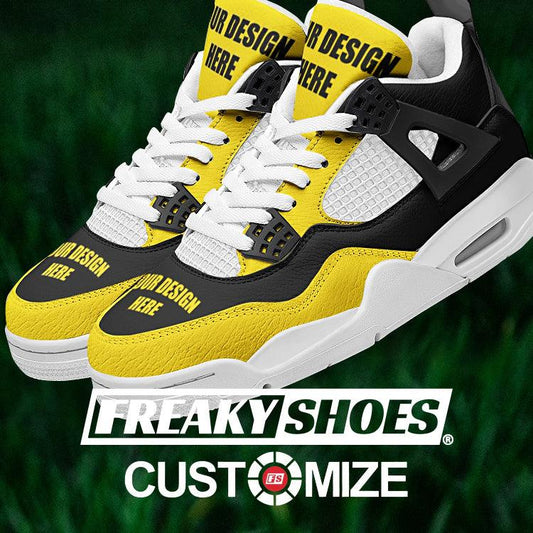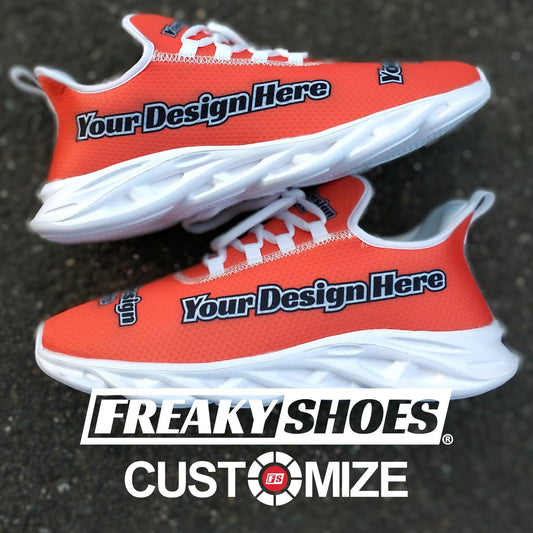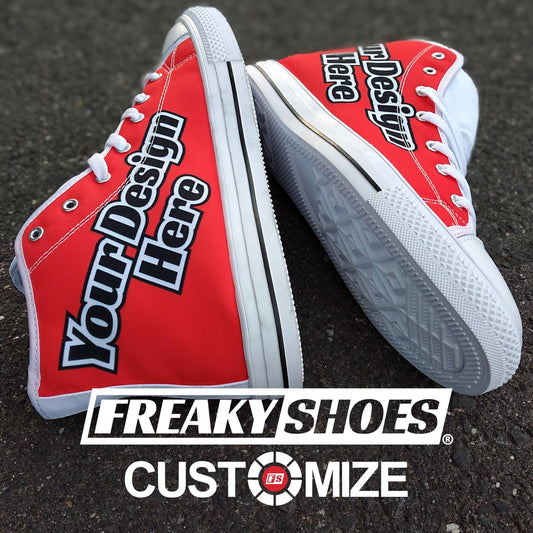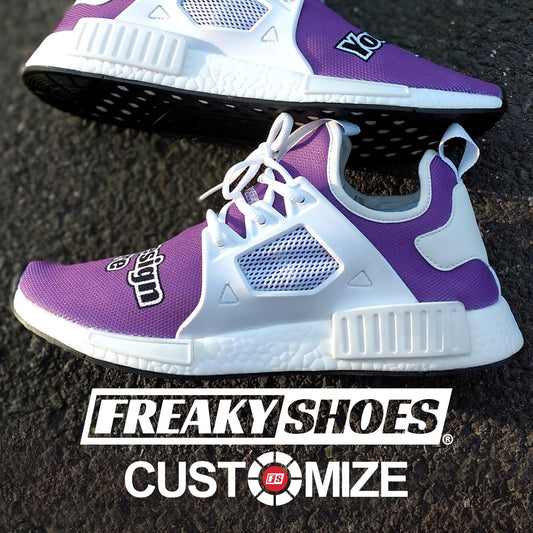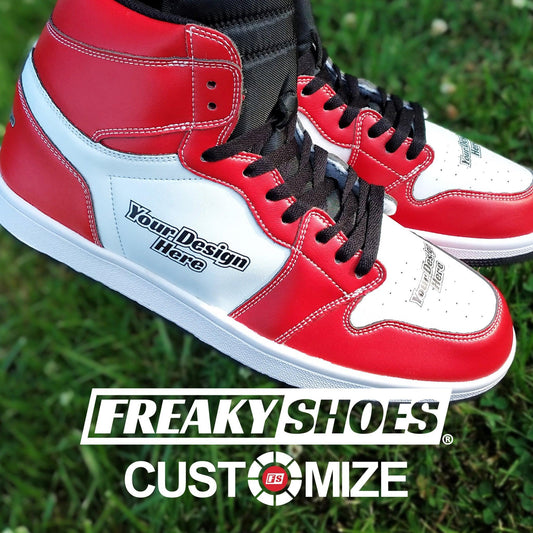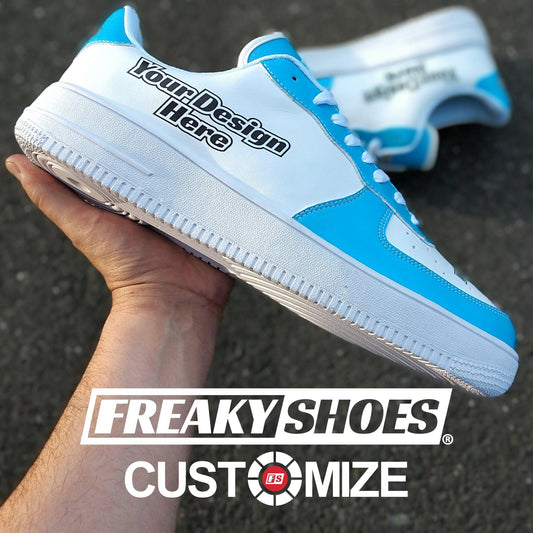Ever looked at your sandals and wondered, are Chacos meant for hiking? We did too. We didn’t want to carry extra shoes or deal with sweaty feet in boots. So, we hit the trails in our Chacos and tested them out on everything.
Here’s what we found:
Yes, Chacos are designed for hiking. They offer durable soles, excellent traction, and adjustable straps. This makes them ideal for trails, water activities, and outdoor adventures in warm weather.
But wait. Don’t go anywhere. There are a few times when Chacos are not ideal for hiking. To know all the details, stay tuned till the end.
Key Takeaways
-
Chacos are great for short, easy hikes and trails with water.
-
The rugged sole gives good grip on dirt, rocks, and wet ground.
-
The arch support helps your feet stay comfy during walks.
-
Straps can be adjusted for a snug fit that avoids blisters.
-
Not the best for steep, rocky, or long-distance hikes.
Are Chacos Meant for Hiking? (Find Out)

Yes, Chacos are made for hiking. They provide a strong grip, durable soles, and secure straps, making them suitable for:
-
Trails
-
Water crossings
-
Outdoor adventures in various terrains.
But there’s more to it, which is what we are now explaining.
Durable Outsole: The Grip That Kept Us From Slipping
When we first got our Chacos, we didn’t think much about the sole. Honestly, they looked like regular sandals. But once we hit the trail, we realized these soles are tough.
Most Chacos come with special soles like ChacoGrip™ or Vibram®. We’ve used both. One time, we hiked a rocky trail after a storm. Everything was wet and slippery. We thought for sure we’d slide around. But those soles held tight. We didn’t slip once, which surprised us.
And here’s the thing—we’ve had our Chacos for over a year. We’ve used them a lot. The soles still look solid. They haven’t worn down like some hiking shoes we’ve owned. That’s important because we want our gear to last.
Arch Support: Our Feet Didn’t Get Tired or Sore
We’ll be honest—when we first wore Chacos, we didn’t expect them to be comfortable for long hikes. They’re sandals, right? But we were wrong.
Chacos have this special footbed called LUVSEAT™. It gives your feet real support, especially under the arch. We’ve both worn shoes before that didn’t have this, and by the end of the day, our feet hurt like crazy. But with Chacos? No pain.
One of us has high arches, the other has low arches. Both of us felt fine. That’s not something we can say about every shoe we’ve tried. It was a big deal for us.
We remember hiking along a river trail for hours. Normally, after that long, our knees and backs would feel it. But this time, we didn’t feel tired or sore. Our feet felt supported, and that helped our whole body stay comfortable.
Adjustable Straps: The Fit That Saved Our Feet
One of the worst things on a hike? Blisters. We’ve had them from shoes that didn’t fit right, and it’s not fun. At first, we worried about that with Chacos. But the adjustable straps changed everything.
We learned fast that getting the straps right makes a big difference. The first time we wore them, we left the straps too loose. Our feet slid around, and that didn’t feel great. But once we tightened them properly, it was like the sandal became part of our foot.
We did a hike up a rocky hill, and our feet stayed put the whole time. No rubbing, no sliding. That meant no blisters. We were super happy about that.
One thing we really like is that we can adjust the straps whenever we want. Our feet sometimes swell up on long hikes, and being able to loosen the straps a bit? That’s a lifesaver. We’ve also worn socks with them in colder weather, and the straps still worked fine.
We even hiked through water and kept going for miles after. Our feet were wet, but because the straps held them steady, we didn’t get any rubbing or slipping. That made a huge difference.
For us, that custom fit is key. We’ve tried other sandals before, and they just didn’t feel secure. But with Chacos, we can make them fit exactly how we want, and that makes hiking way more comfortable.
Water-Friendly: Perfect for Wet Trails and Streams
We love hikes with water—streams, rivers, or even just rainy days. But wet shoes are the worst. That’s where Chacos shine.
One time, we were hiking and came to a stream. People were taking off their boots to cross. We just walked right in and our Chacos handled it like champs.
The straps don’t soak up water, and the soles don’t get slippery. We’ve even gone kayaking in them. We stepped in and out of the water without a problem. The sandals stayed on, and we didn’t have to worry about wet socks or soggy shoes.
We’ve also been caught in a few surprise rainstorms. With boots, that would’ve meant cold, wet feet for hours. But with Chacos, it didn’t matter. Our feet got wet, but they weren’t uncomfortable. And as soon as the rain stopped, the sandals dried pretty fast.
When Chacos Are Best for Hiking

We’ve hiked in Chacos a lot, and we’ve figured out the kinds of trails where they work really well. For us, it’s all about trail type, weather, and comfort.
If you’re planning a hike where you’ll be in and out of water or walking in warm weather on easy to moderate paths, Chacos feel like the perfect choice. They’re light, dry fast, and your feet won’t feel trapped.
Here’s when we always reach for our Chacos:
|
Trail Type / Condition |
Why Chacos Work Well There |
|
Flat or easy dirt trails |
Feet stay cool and comfy, no need for heavy shoes |
|
Hikes with water crossings |
Chacos dry fast and don’t get ruined by water |
|
Hot weather hikes |
Open design keeps feet cool, no sweaty socks |
|
Beach or coastal trails |
Sand doesn’t get trapped like it does in boots |
|
Light day hikes (3–5 miles) |
Comfortable for short to mid-range distances |
When Chacos Are Not Ideal for Hiking
Now, we’re not going to pretend Chacos are perfect for every hike. We’ve made the mistake of wearing them on trails where they didn’t belong—and we paid for it. If you’re heading into cold weather, steep mountains, or long rocky trails, we’d say leave the Chacos behind.
Here’s when we stick with boots instead:
|
Trail Type / Condition |
Why We Avoid Chacos There |
|
Steep, rocky mountain trails |
Toes get banged up, need more foot protection |
|
Long hikes (over 10 miles) |
Less cushion, feet may feel sore after long hikes |
|
Cold or snowy conditions |
Open sandals = frozen toes, not fun |
|
Heavy backpacking trips |
Need more ankle support and stronger soles |
|
Trails with thorny plants |
Open sides mean scratches and cuts on feet |
Chacos Alternatives: Best Shoes for Hiking
There are plenty of top-notch hiking shoes and sandals out there. Here are five great options to check out if you’re looking for an alternative to Chacos.
Teva Hurricane XLT2
If you want something simple, the Teva Hurricane XLT2 is a great pick. It’s one of the most popular sandals people grab when they don’t want Chacos. Why? Because it’s lighter, softer under your feet, and super easy to adjust.
Instead of that one big strap Chacos use, Tevas have three Velcro straps—one over your toes, one around your ankle, and one behind your heel. That means you can get the fit just right in seconds, even if your feet swell up after a long hike.
The footbed is nice and cushy, thanks to soft foam that helps absorb impact when you’re walking over rocks or uneven ground. The bottom has a tough rubber sole that grips well on trails, and if you get them wet, no big deal—they dry fast and hold up fine.
Keen Newport H2
If you like the idea of a sandal but want more protection for your toes, the Keen Newport H2 is a top choice. This is more of a hybrid between a shoe and a sandal. Your toes are fully covered by a strong rubber cap, but the rest of the shoe is open and breathable, which makes it great for hot weather hikes or wet conditions.
The sole is tough and gives you solid grip on all kinds of surfaces—rocks, dirt, even slippery trails.
Also, note that the Newport H2 uses an elastic bungee lacing system, not Velcro. You pull the cord to tighten it, and it stays snug. Once you get the fit dialed in, it feels really secure, almost like a hiking shoe but with more airflow.
Compared to Chacos, these are heavier and bulkier, but they give more protection and a more shoe-like feel.
One thing to note: they can take a little time to dry fully because of the closed-toe design, but they’re made for water, so they hold up well.
Merrell Moab 3
If you’re looking for a closed-toe hiking shoe instead of a sandal, the Merrell Moab 3 is one of the most trusted choices out there. It’s a full hiking shoe that offers great support, durability, and comfort right from the first wear. It’s a huge step up in protection compared to Chacos, especially if you're hiking in rocky areas or cooler weather.
The Moab 3 has a thick, grippy sole with Vibram rubber, which means you’ll have solid traction whether you’re on dry dirt trails, wet rocks, or muddy paths. Inside, it’s got a padded insole with decent arch support and a roomy toe box, so your feet won’t feel cramped even on longer hikes.
The upper is made from leather and mesh, so it’s breathable but also sturdy. There’s also a waterproof version (called Moab 3 Waterproof) if you hike in wet areas or want extra protection from puddles and rain.
However, compared to Chacos, the Moab 3 is heavier and not meant for water, but it offers way more foot protection and stability, especially for rough or steep terrain.
Bedrock Cairn Adventure Sandals
Unlike Chacos, which are a bit heavier, Bedrock Cairns feel light and nimble on your feet. The straps are thin but strong and adjust easily using a buckle system, which helps the sandal stay in place even on tricky trails or steep slopes.
There’s also a heel strap to keep your foot locked in, which makes a big difference when hiking on uneven ground.
They’re also great for water. The Bedrock Cairns dry quickly, and the minimal design means no soggy padding or long dry times.
Hoka Speedgoat 5
If you’re not into sandals at all and want a trail running shoe, the Hoka Speedgoat 5 is a fantastic option. It’s known for being lightweight, super cushy, and grippy—perfect for people who hike.
What sets the Speedgoat 5 apart is its thick foam midsole. It feels soft when you step but still gives great support on uneven ground.
Moreover, the upper is made from breathable mesh, which keeps your feet cool, and it has a secure lacing system that locks your foot in place without feeling tight. It’s not waterproof, but it does dry fast, and there’s a Gore-Tex version if you need water resistance.
Conclusion: Final Thoughts on Hiking in Chacos
We’ve hiked in Chacos enough to say this—yes, you can hike in Chacos, but only if the trail is right for them. They’re comfy, breathable, and great in water, but they’re not for every trail. Our advice? Pick your shoes based on where you’re hiking and how long you’ll be out there.
Here’s what to remember:
-
Chacos work best on easy, short hikes and water trails.
-
They give solid grip and decent foot support for light hiking.
-
Not great for cold weather, rocky climbs, or long distances.
-
There are better shoe options for rough or mountain trails.
-
Always wear what feels right for your hike and feet.
In the end, we say hike smart, stay comfy, and enjoy the trail—whether you’re in Chacos or boots!











